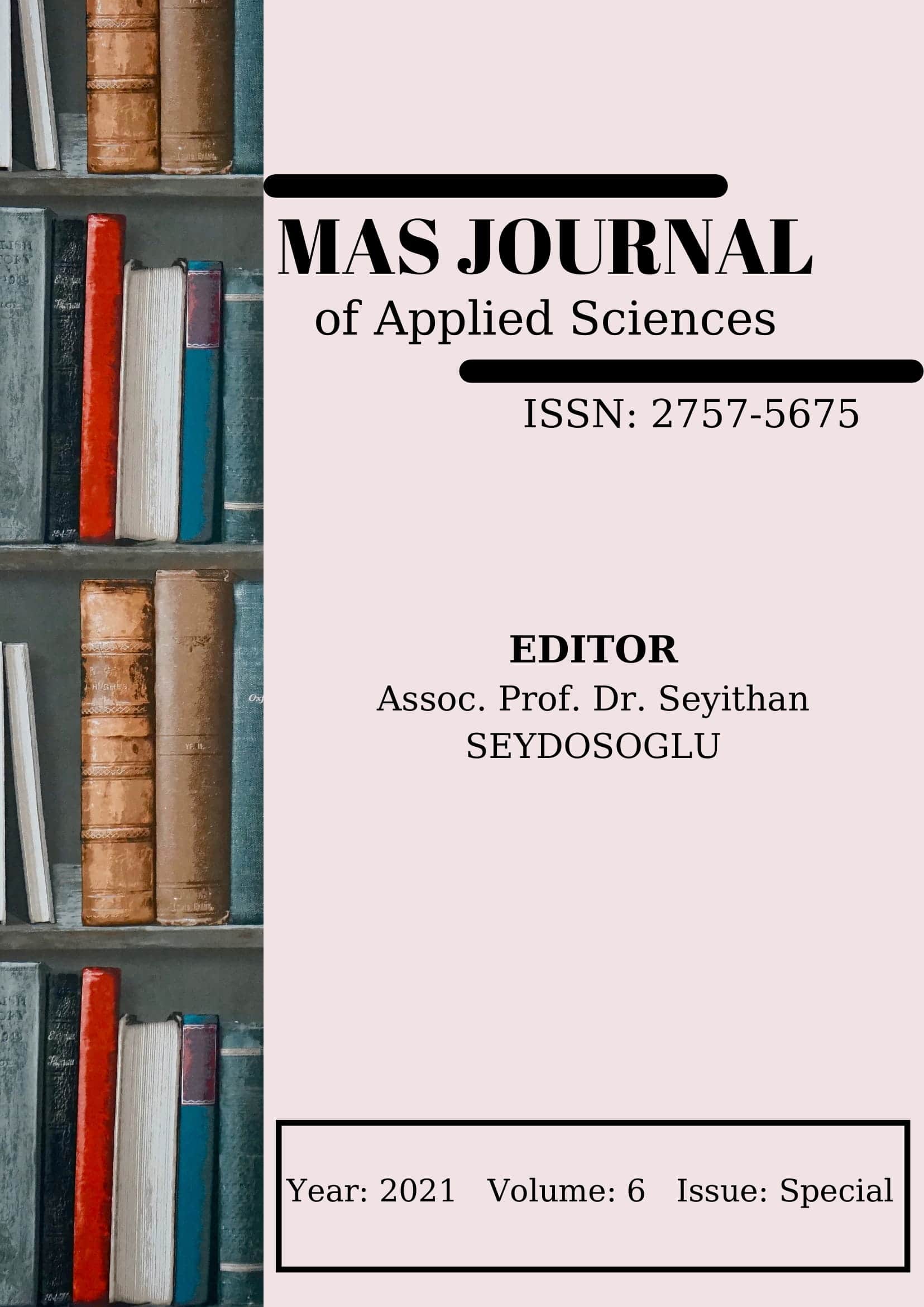The Effect of Anatolian Myths on Urban Landscape and Identity
DOI:
https://doi.org/10.52520/masjaps.193Keywords:
Abstract heritage, collective memory, urban landscape, sense of place, Anatolian mythsAbstract
Mutual and dynamic interaction between people and landscape creates both spatial and existential identity. Within the scope of attachment to a place, physical landscape is one of the basic elements of identity construction. Myths are the main determinants of social memory. Social memory is the foundation of the social consciousness and all social practices based on it. Social memory, identity and myths derive from the perceptions and experiences of landscape. Also, epics and myths play an important role in the formation and strengthening of identity and attachment. Myths and legends are among the abstract cultural heritage elements that are explained as folk tales with an imaginary, allegorical narration by transferring from generation to generation. Nowadays, myths and legends find their spatial reflections in the urban landscape. Urban landscapes, consisting of natural and cultural elements reflected by spiritual, symbolic and ethical values, should reflect the collective memory of society. Today, myths and legends play a role in the visual and experiential transfer of culture to the members of society by taking part in the urban landscape. Recently, landscape designers and architects have taken the place with a phenomenological approach and accepted the indivisible whole of human and environment. In the simplest terms, phenomenology is the interpretation of human experiences. In this context, a folk hero Koroglu and Koroglu myth in Bolu (Turkey) effects of the collective memory and the city’s identity were examined with a phenomenological approach. In this study, the phenomenological method, the first person (researcher) and hermeneutical research methods and compared with results obtained using the Turkey world examples were discussed.
Downloads
Published
How to Cite
Issue
Section
License
Copyright (c) 2021 The copyright of the published article belongs to its author.

This work is licensed under a Creative Commons Attribution-NonCommercial 4.0 International License.


